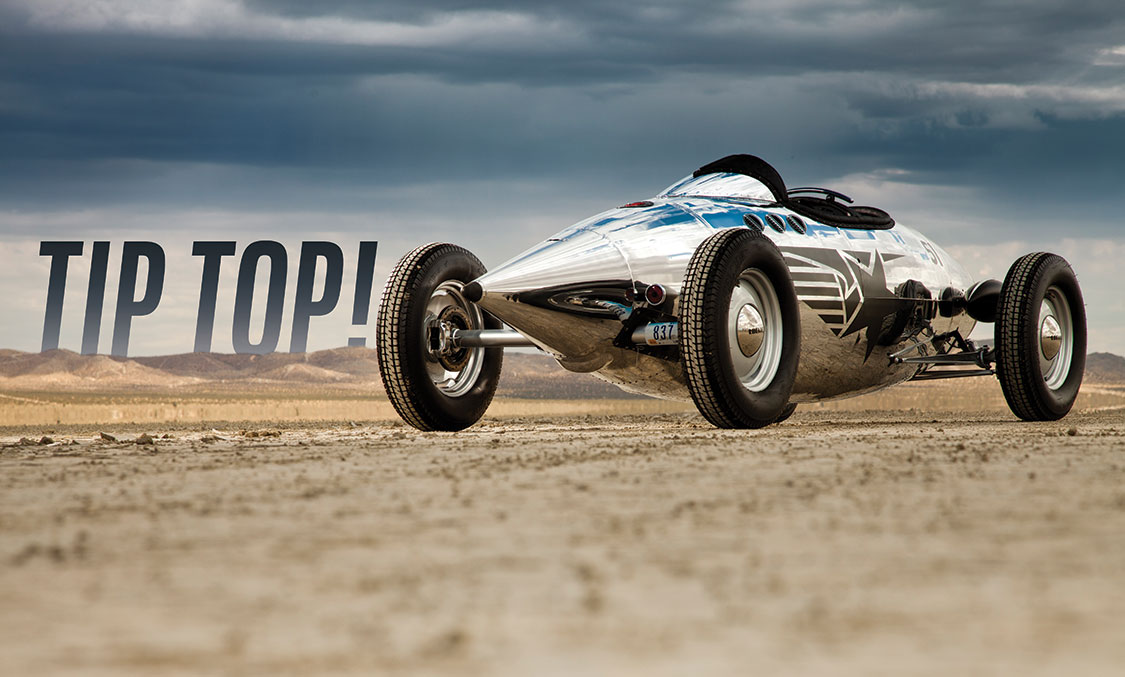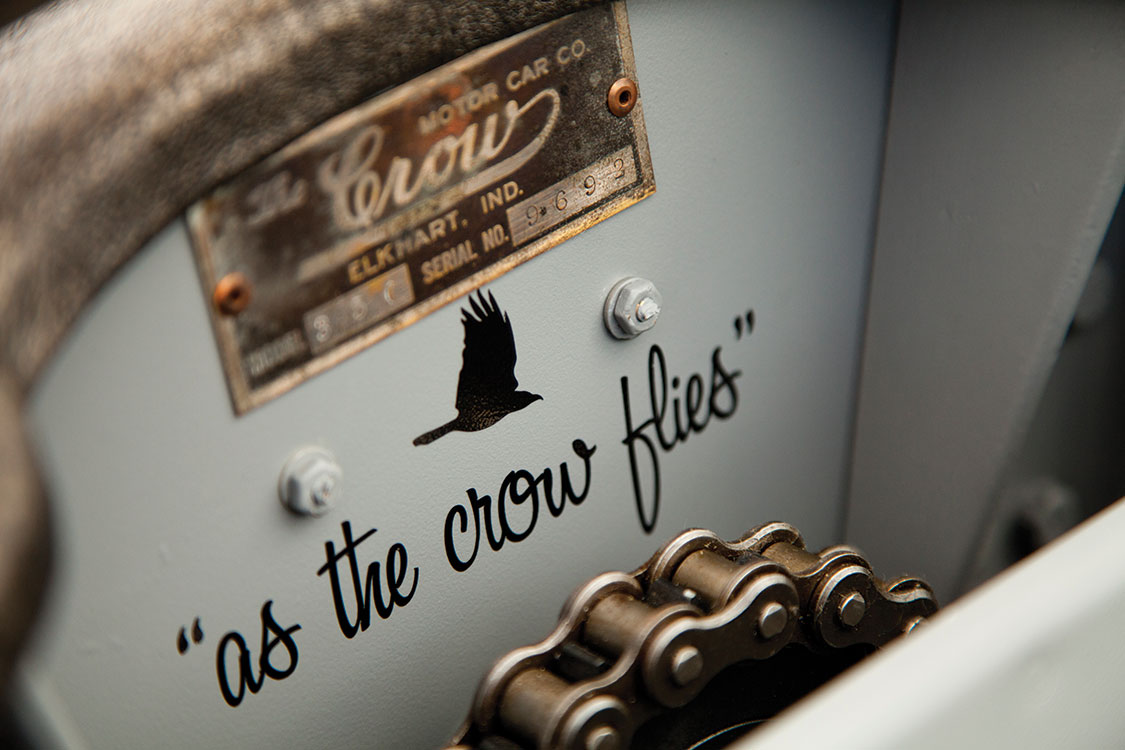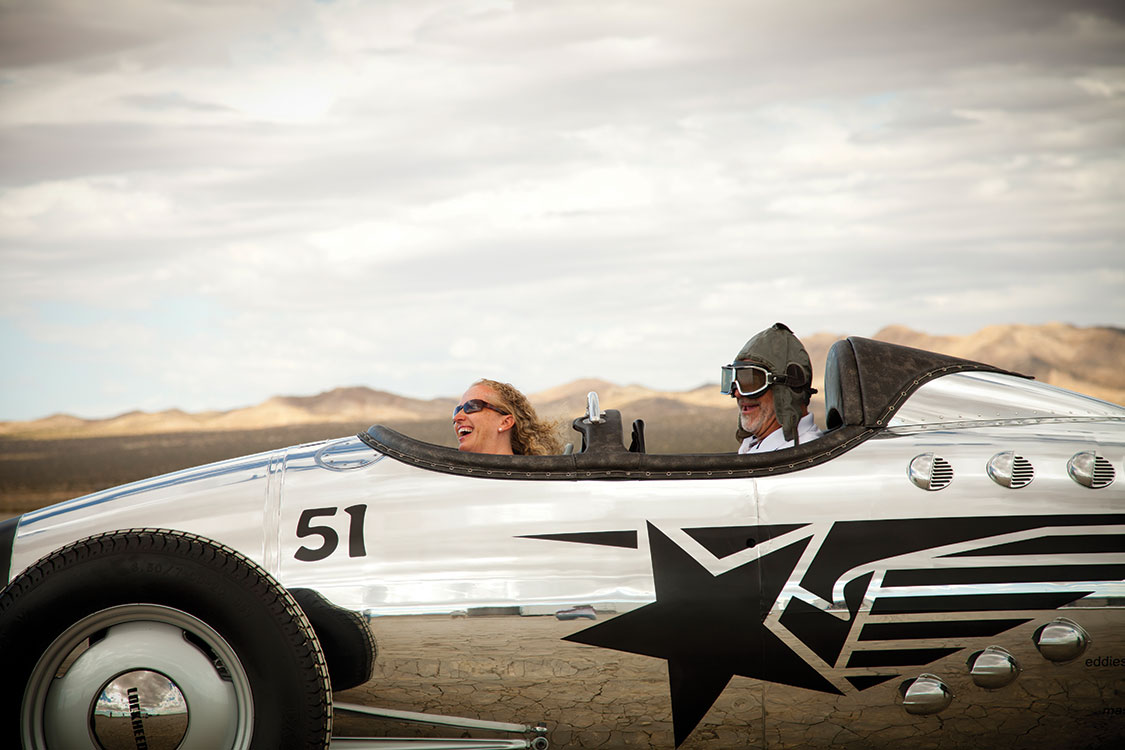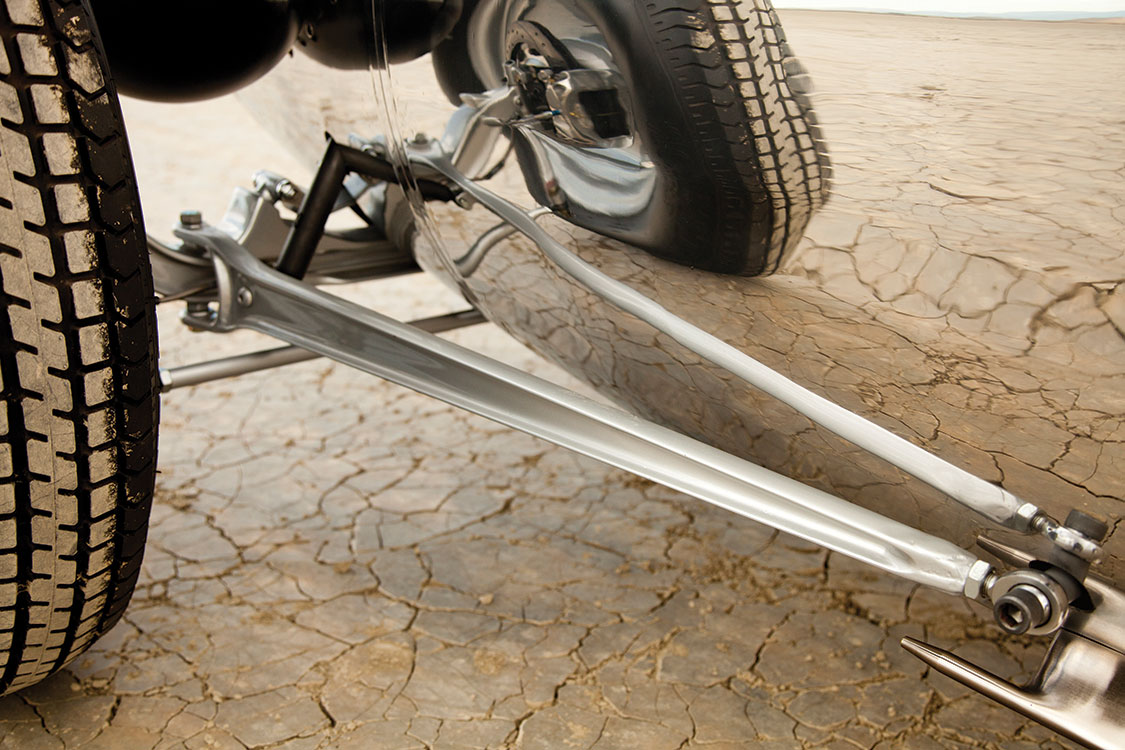 JIM SMART
.
May 11, 2022
.
All Feature Vehicles
JIM SMART
.
May 11, 2022
.
All Feature Vehicles

BY JIM SMART
Unless you grew up in the middle of the twentieth century you’re probably not aware of what a “Connie” is. The Lockheed Constellation, affectionately known as the “Connie,” is a four-engine, triple tail, piston-powered airliner conceived quietly in the late ’30s. It became one of the most widely recognized airliners in the world in the years following World War II. It was a high altitude pressurized aircraft that got the flying public above the bumps, bringing both coasts closer together. It also managed to bridge seven continents.
“When you tap into imagination and think outside the box, you can come up with something extraordinary.”

Lockheed built the Constellation at its Burbank, California, manufacturing facility from 1943 to 1958. Airlines like TWA, Pan American, Eastern Air Lines, Trans Canada, BOAC, Air France, Lufthansa and a host of others worldwide flew the Connie until well into the Jet Age when it was passed up by the Boeing 707, Douglas DC-8 and the Convair 880/990. As jets roared in, Connies were scaled back to regional routes mostly, and then the desert for repurposing. The military also had Connies it used to haul cargo and for special missions like electronic countermeasures and reconnaissance.
Although it’s been said the late Howard Hughes designed and developed the Constellation, this oft-told story isn’t true. He was the airline mogul who requested its development when Trans World Airlines needed a faster transport that could haul more people vast distances in the high, thin air at speed. Lockheed responded with a remarkable airliner and a genuine slice of post-war Americana.
As retired Connies have gone to the bone yard, not to mention other World War II vintage aircraft like it with slippery wing tip tanks, it has became popular to salvage these tanks and build just about anything with them, including hot rods. Ed Pettus is one such person who decided to build a Lakester replica rod using the wing tip tank of an L-1649 Super Connie and a lot of imagination. This particular tank comes from a USAF EC-121. The number “51” is the year Ed was born.
When you tap into imagination and think outside the box, you can come up with something extraordinary. Imagine being able to build something no one else has. A Lockheed L-1649 tip tank turned roadster is taking raw material and turning it into something to be enjoyed. Call it rolling artwork for those who dream.
Ed Pettus found this tip tank on the Barnstormers’ website. It was being used as a hot water heater for a vacation home and the owner wanted to unload it. Ed snapped it up and hauled it home to Iowa, where his imagination started working overtime. He admits he fiddled around with a number of ideas before focusing on what worked well together. He wanted a cohesive package where all of his nuances dovetailed into a replica Lakester that looked sharp and was interesting to be seen in. He wanted something fun he and his wife Kathy could cruise in when the spirit moved.
Because Ed has an extensive aviation background, it made sense for him to build a cruiser that was also an extension of his passion for aviation. He wanted to take his seat in an aircraft cockpit without leaving the ground.
He copped a pair of pilots’ seats from a Lockheed Connie cousin, the Navy P2V Neptune, as well as a control wheel, also from Lockheed. When you examine an old Stearman biplane, you’ll note that the instrument panel offers airspeed indication, but not road speed. There’s also an altitude indicator just in case Ed happens to get sideways or, heaven forbid, upside down. You’ve gotta love the Lockheed rudder pedals.
“He wanted something fun he and his wife Kathy could cruise in when the spirit moved.”

The highly polished aluminum 700-gallon Lakester tip tank body is clad with the timeless winged Lockheed logo in matte black. These are air scoops from a classic Chris Craft wooden boat melded into the slippery Lakester body. Eddies took 1935 Cadillac side scoops and had them recast and machined as new for the rest of the body. This is the kind of close attention you can expect from Eddies because it has always been about a raw passion for automobiles there. It’s the only way the Pettus family does things. Lighting the way are old Packard headlamps, though we’re convinced this ride doesn’t do much in the way of night driving. Ed blended in an aircraft pitot tube, which is used for airspeed indication and adds to the aeronautical demeanor of the Lockheed Lakester.
Although it’s easy to presume this custom tip tank Lakester would be powered by something like an old 60 series Ford flathead, Ed went with what he knew and trusted most: Toyota’s
3T-C overhead cam inline four with turbo assistance. The Toyota 3T-C engine had very humble beginnings in the ’70s with 80 hp and 86 ft-lbs of torque. It has since grown to be one of the most formidable competitors in racing. Early on, the 3T-C was a pushrod inline four with good bones capable of so much more, and so it went. The original “T” code 1.4L pushrod four evolved into Ed’s double overhead cam 1.7L 3T-C, which has the advantage of turbo power, making the Lockheed Lakester an exotic screamer when the butterflies are pinned.

The Pettus family, who owns Eddie’s Rod & Custom in Cedar Rapids, Iowa, took Ed’s extraordinary vision and made it reality for a seasoned aircraft technician and import car technician. Locals know all too well the Pettus family is all about the “suck, squeeze, bang, blow!” of internal combustion and really hot automobiles. When the family had their fun, they brought the Lockheed Lakester to the Barrett-Jackson auction where it picked up a hot $170,000!
“Locals know all too well the Pettus family is all about the ‘suck, squeeze, bang, blow!’ of internal combustion and really hot automobiles.”
OWNER: Ed Pettus
BUILDERS: Eddies Rod & Custom, Cedar Rapids, IA, Upholstery Unlimited in Clinton, IA
FRAME: 1917 Crow
SUSPENSION: 1959 Chevrolet pickup front axle, custommade steering system with chain drive and Chevy Vega worm and sector, Ford 9-inch rear axle, solid mount
WHEELS: Custommade Coker 20-inch steel wheels
TIRES: 35-inch tall Excelsior tires
BRAKES: Wilwood 12-inch disc brakes
ENGINE: Toyota 3T-C turbocharged DOHC 1.7L inline four with Garrett T25 huffer
TRANSMISSION: Toyota five-speed, 1981 vintage
BODY & PAINT: Lockheed L-1649 Super Constellation 700- gallon wing tip-tank body, Packard headlamps, Packard Speedster taillamps, Sherwin-Williams Automotive Paint, Custom-fabricated side scoops from Chris Craft boat and Cadillac LaSalle
INTERIOR: Lockheed P2V Neptune cockpit appointments, Stearman biplane cockpit appointments
A version of this article first appeared in the May-June 2014 print issue of Maximum Drive
We use cookies to enhance your browsing experience, serve personalized ads or content, and analyze our traffic. By clicking "Accept All", you consent to our use of cookies. Visit our Cookie Policy for more info.
Notifications
Share Link